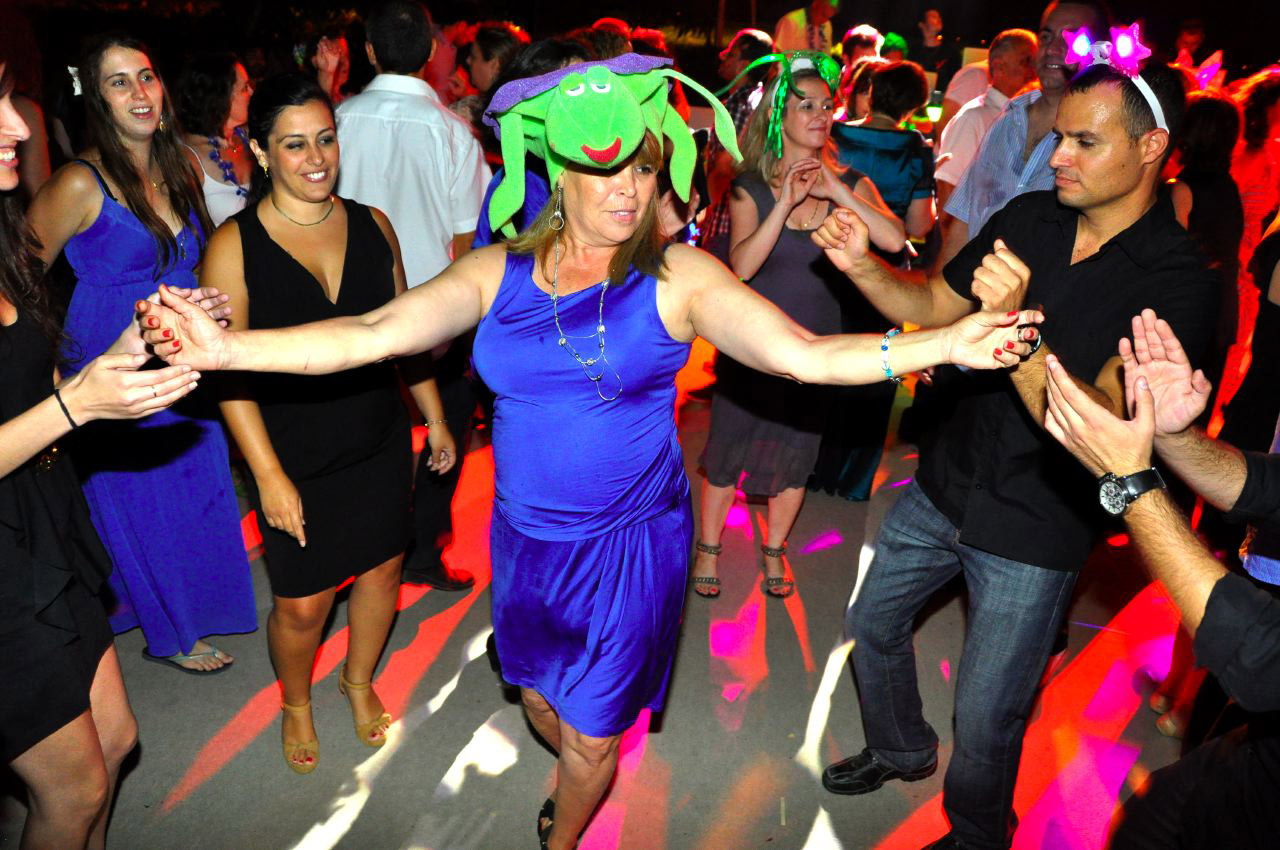I love shooting corporate events, weddings, Bar Mitzvahs, etc, because no two are the same. They throw up challenges and problems that keep me on my photographic toes – they’re great fun and satisfying to shoot. Here’s a few tips you might find useful, especially for using flash in low light situations …
To get good results requires some knowledge and plenty of practice: To shoot in low light using flash you can’t use your camera on auto and get good results: You’ll end up with snaps – well-exposed people (lit by flash) against dark, featureless backgrounds. To get brighter, detailed backgrounds photographers have take full control of their camera: Here’s something for you to try …
Tip: Use Manual mode
Switch your camera to Manual mode; set the shutter speed to about 1/100th sec; set the lens aperture to about F5.6; take the ISO off auto and set it to about 1600. Now you know why pros use expensive cameras that have separate buttons and dials to easily change these settings. Navigating through menus is just too cumbersome.
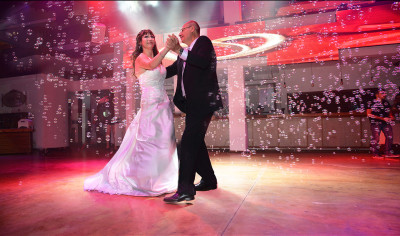
Take some test shots and view them on the playback screen – is there enough detail in the background?
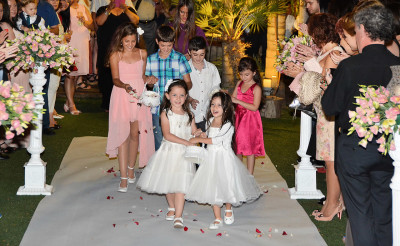
To make the background brighter, lower the shutter speed to about 1/50 sec. If it’s too bright, increase the shutter speed to about 1/180sec, or decrease the ISO to around 800.
(Note: Most cameras have a maximum shutter speed that you can’t exceed when using flash, called the “flash sync speed”, usually 1/180 – 1/250sec.)
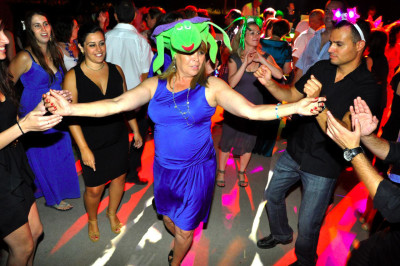
If the flash looks too bright, you can reduce it using the “flash exposure compensation” control. On better cameras this is a separate button that you press and rotate a thumbwheel to adjust. Or you may be able to adjust it on the flashguns menu.
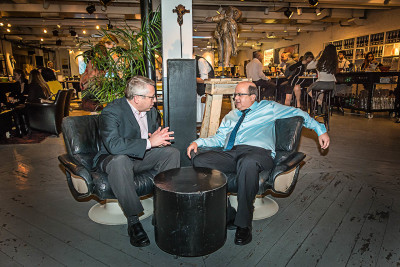
Tip: Use Raw files
Now that you know how to bring detail into the background and control how bright the flash is, here are a few extra tips …
By default your camera records images as Jpegs. For the best low-light shots switch over to shooting Raw files. Jpeg files don’t record all of the shadow and highlight information from the cameras sensor, but Raw files record all of the data and can be edited afterwards.
You can open Raw files in a Photoshop plugin called Adobe Camera Raw, or use the more advanced program called Lightroom. It’s then easy to boost the extra background and shadow detail you have taken so much trouble to capture. And you can also restore the inevitable blown out highlight that plague low light flash photography.
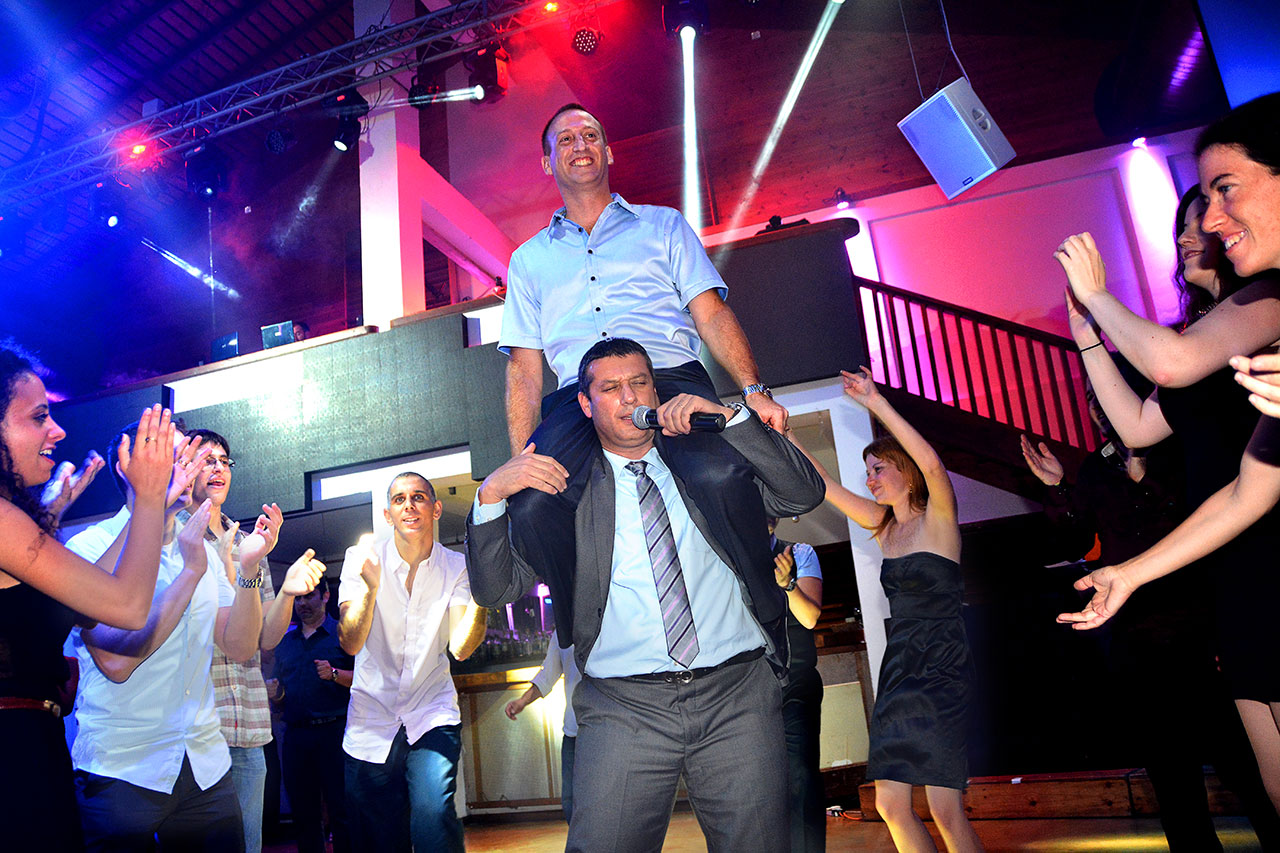
Bare bones
There’s a lot more to learn about low light event photography and I’ve only mentioned the bare bones essentials. I hope I’ve whetted your appetite and started you off on an exciting, challenging, frustrating, but ultimately rewarding photographic journey. Bon Appetite.
